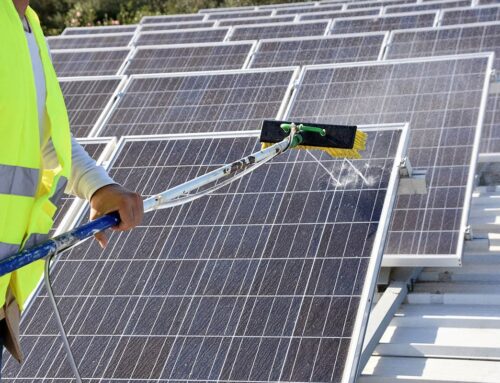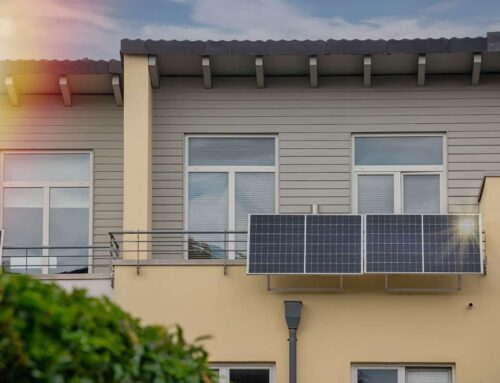Surplus electricity: Consume or sell?
Those who generate their own electricity usually do so out of conviction. But of course the economic side should also be right. But what can I actually do with the electricity that I don’t use myself? Are there really worthwhile options for self-generators? We clarify this for you.
Consume what you can
Firstly, the following generally applies: if the current electricity price is higher than the feed-in tariff, it makes more economic sense to consume the electricity you produce yourself. Even with a currently slightly increased feed-in tariff of 8.6 cents per kWh (as of 1.2024), it is much more worthwhile to consume the electricity from the PV system yourself instead of feeding it into the grid at prices of between 32 and 45 cents per kWh. Even short-term “special offers” such as temporary double feed-in tariffs (e.g. 16.4 cents/kWh in the first 2 years) from some grid providers never come close to the grid prices.
Unfortunately, however, at the moment of generation, i.e. usually at midday and generally during the day, there are often not enough consumers available to use all the electricity themselves. So what are the alternatives?
Storage as a sensible interim solution
You can convert electricity into heat at a ratio of just under one to one. You can store this heat and call it up when needed, for example as hot water for showers and baths. This is less efficient than with a heat pump, but we are talking about “surplus” electricity, so to speak. You can find a suitable and very intelligent product for this here in our online shop, for example.
There is of course also the option of adding an electricity storage system to your own photovoltaic system. We have already discussed the advantages and disadvantages of this approach in detail in an earlier article.
Increase self-consumption
The easiest way to achieve even better economic results with your solar system is to rethink your own daily routine. Can I perhaps shift certain consumption to the productive time of my system? A very good example of this is charging your electric car: working from home during the day allows you to charge your battery during the day. Self-employed people may also be able to shift their out-of-town appointments to darker or cloudy periods. Long opening hours allow shopping at less productive times of the day.

Tenant electricity - returns for landlords
Landlords who provide other people and their families with living space can also help them obtain cheaper electricity thanks to their own PV system - and make a good return on their investment at the same time. Normally, only homeowners can benefit from sustainable electricity generation, while tenants are tied to the expensive public tariffs. However, there are now solutions known as tenant electricity concepts that benefit everyone: the environment through sustainable generation, owners through profitable resale and rising property values and tenants through cleaner, cheaper electricity. However, the legal framework is complex - according to the EnWG (Energiewirtschaftsgesetz) and EEG (Erneuerbare-Energien-Gesetz), anyone who operates a system and supplies electricity to third parties is considered an energy supply company.
Direct marketing at the electricity exchange
If you are not afraid of a little more effort, you can have additional telecontrol technology installed to enable sales via a direct marketer. As a rule, in addition to the market price, i.e. the pure sales revenue on the market, they usually also pay a market premium to protect EEG system owners from fluctuating electricity prices and risks.
Conclusion: What is really worthwhile?
In view of the continuous fall in feed-in tariffs and the organisational and legal hurdles involved in reselling self-generated electricity, for the vast majority of operators, the best choice is to use the electricity themselves as far as possible - especially if all our tips are taken into account.





